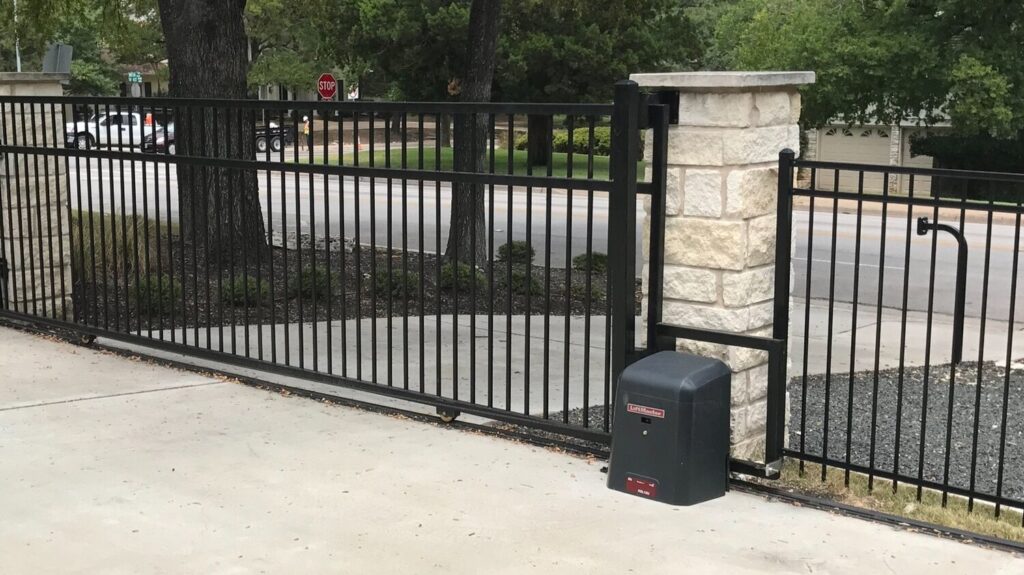Cable Repair: A Comprehensive Guide
Introduction:
When it comes to electronic devices, cables can be one of the most frustrating components to repair. Not only do they need to be replaced if they get damaged but they also need to be connected properly if they are to work correctly. This guide outlines the various methods for cable repair, from simple fixes to more complex solutions. It also provides tips and advice on how to ensure that cables are properly connected and maintained. Whether you are a novice or a professional, this guide can help you repair cables with ease.
Cable Repair Basics:
Cable Repair is the process of replacing or fixing a damaged cable. This could be anything from a broken wire to a faulty connection. In some cases, it may be necessary to replace the entire cable if the damage is too significant. Before attempting to repair a cable, it is important to understand the basics of cable repair. This includes knowing the types of cables, how to identify damaged cables, and what tools are necessary for the job.
Tools for Cable Repair:
Before attempting it is essential to have the right tools for the job. This includes pliers, wire cutters, cable ties, and a soldering iron. These tools will help to ensure that the repair is done correctly and safely. It is also important to have a good understanding of how to use these tools before attempting any repairs.
Preparing for Cable Repair:
Before attempting a Cable Repair, it is important to make sure that the area is clean and free from any dust or debris. This is especially important if the cables are being worked on in an area where there is a lot of dust or debris. It is also important to ensure that the cables are properly labeled so that it is easier to identify and replace the correct ones.
Troubleshooting Cable Problems:
When troubleshooting cable problems, it is important to identify the exact issue before attempting any repairs. This could involve testing the cables with a multi meter or using a continuity tester to check for faults. Once the issue has been identified, then the necessary repairs can be made. In some cases, it may be necessary to replace the entire cable.
Cable Maintenance:
Once the cables have been repaired, it is important to take steps to prevent further damage. This includes using cable ties to keep the cables organise, avoiding contact with sharp objects, and keeping the cables away from areas with a lot of dust or moisture. Regularly checking the cables for any signs of damage is also a good way to ensure that they remain in good condition.

